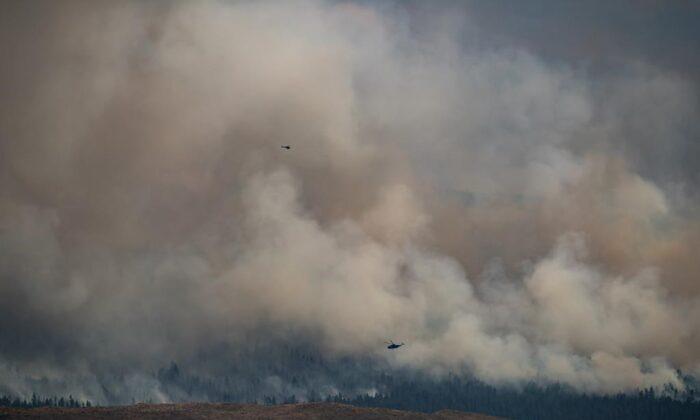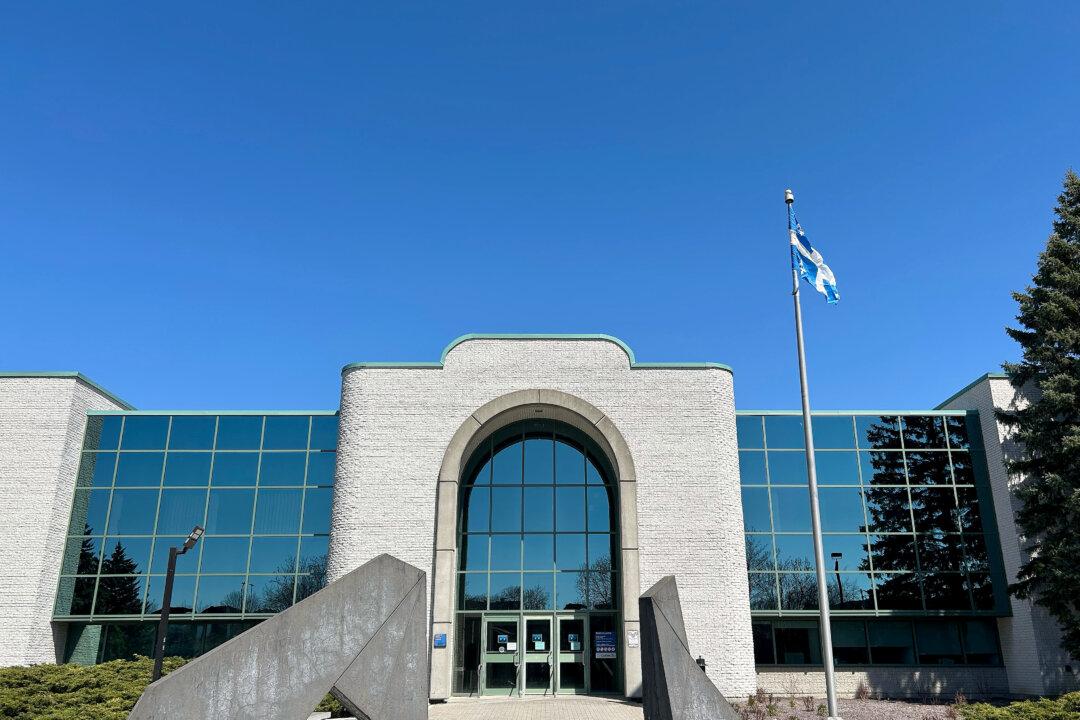OTTAWA—An assessment by the Chief of Defence Intelligence has taken an in-depth look at how Russia, or even China, could use drones to spy in Canada’s Arctic in a wide-ranging report that was quietly flagged to some of the country’s closest allies.
The heavily censored classified analysis was obtained by The Canadian Press under access to information legislation. The release comes as Russia moves troops into a northern base near the Finnish border as part of an extensive military buildup in the region.
The analysis, which was flagged to the so-called “Five Eyes” community of the U.S., Britain, Australia, and New Zealand, is significant because Canada lags behind many of its allies in terms of acquiring drones for surveillance.
Keeping watch over the North is becoming more important to western governments since Vladimir Putin’s government announced recently it is activating two motorized rifle brigades and possibly a marine brigade in the North, as well as establishing a major northern command headquarters.
“Russia and China do not currently possess land-based UAVs capable of conducting (intelligence, surveillance and reconnaissance) against the Canadian Arctic,” said the April 12, 2013, assessment, written by the directorate of scientific and technical intelligence.
“This limitation could change should UAVs (unmanned aerial vehicles) gain aerial refuelling capabilities.”
The intelligence assessment notes the proliferation of cheap, commercial drone technology, and goes on to say both Russian and Chinese forces could launch drones from ice floes, submarines or long-range bombers.
Russia has been known to place small research stations on floating sheets of ice as small as 700 metres in length.
The Harper government’s program to acquire drones has been mired in the defence bureaucracy. A few years ago, defence contractors Northrop Grumman pitched the idea of Canada acquiring high-altitude Global Hawk drones, which could fly above rough weather, but the plan fizzled with no result.
The country’s military operations commander said in a recent interview that the defence of Canada is the “No. 1 mission,” and Arctic security is a preoccupation.
“The Canadian Armed Forces is always in the Arctic,” said Lt.-Gen. Jonathan Vance, who pointed to an increasing frequency of exercises and the presence of Canadian Ranger, an aboriginal reserve force that patrols the region.
“There are very few times in the year when we’re not conducting some sort of operation or training event.” The air force’s CP-140 Aurora surveillance planes are also active there, he said.
Echoing comments of other top commanders, Vance said he “finds it unlikely that we'll be fighting a land battle in the Arctic any time soon,” given the severe weather.
An armed clash may be remote, but U.S. defence planners are worried about a sneak attack from the Far North. The threat is one of the reasons the Harper government is considering participation in the ballistic missile defence program.
But not all threats are the Cold War-era submarine-launched cruise missiles, and the report noted that drones will have to be monitored carefully as they increase in sophistication.
Other NATO countries are watching Russia’s northern sabre rattling with concern. Norway, for example, is planning to hold its largest military exercise since the Cold War next month.
NATO’s top commander, Gen. Philip Breedlove, in an interview last fall with The Canadian Press, said there have been discussions with Ottawa about the Russian build-up. But he indicated that he’s waiting to see if Putin’s government follows through with all of its plans.





Friends Read Free